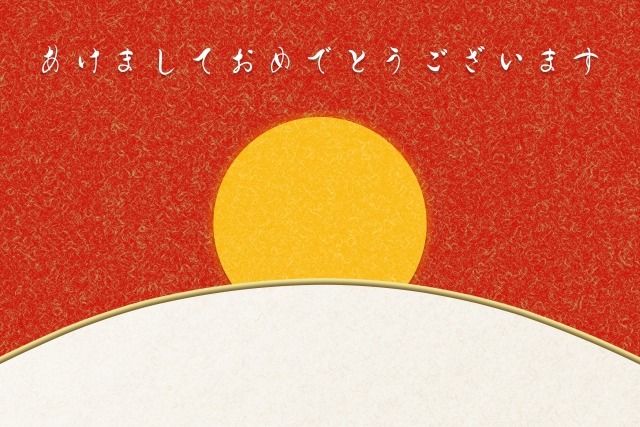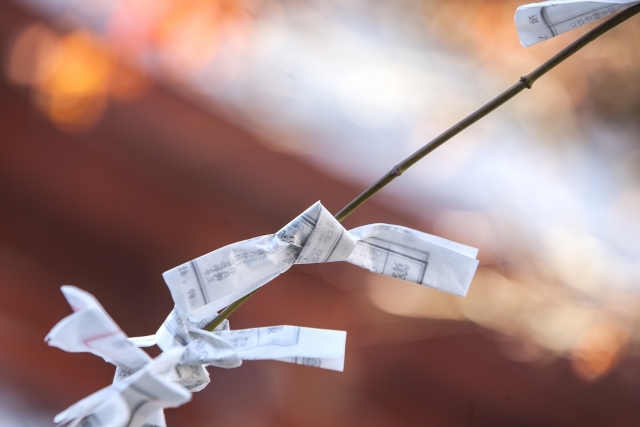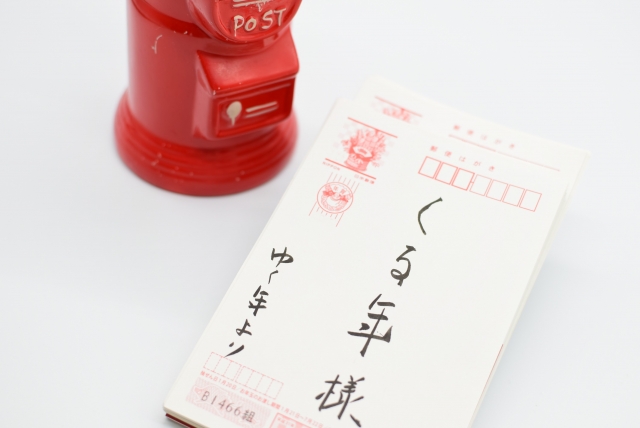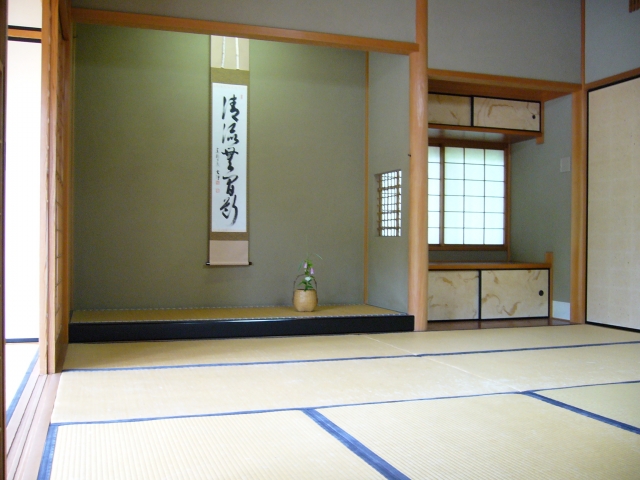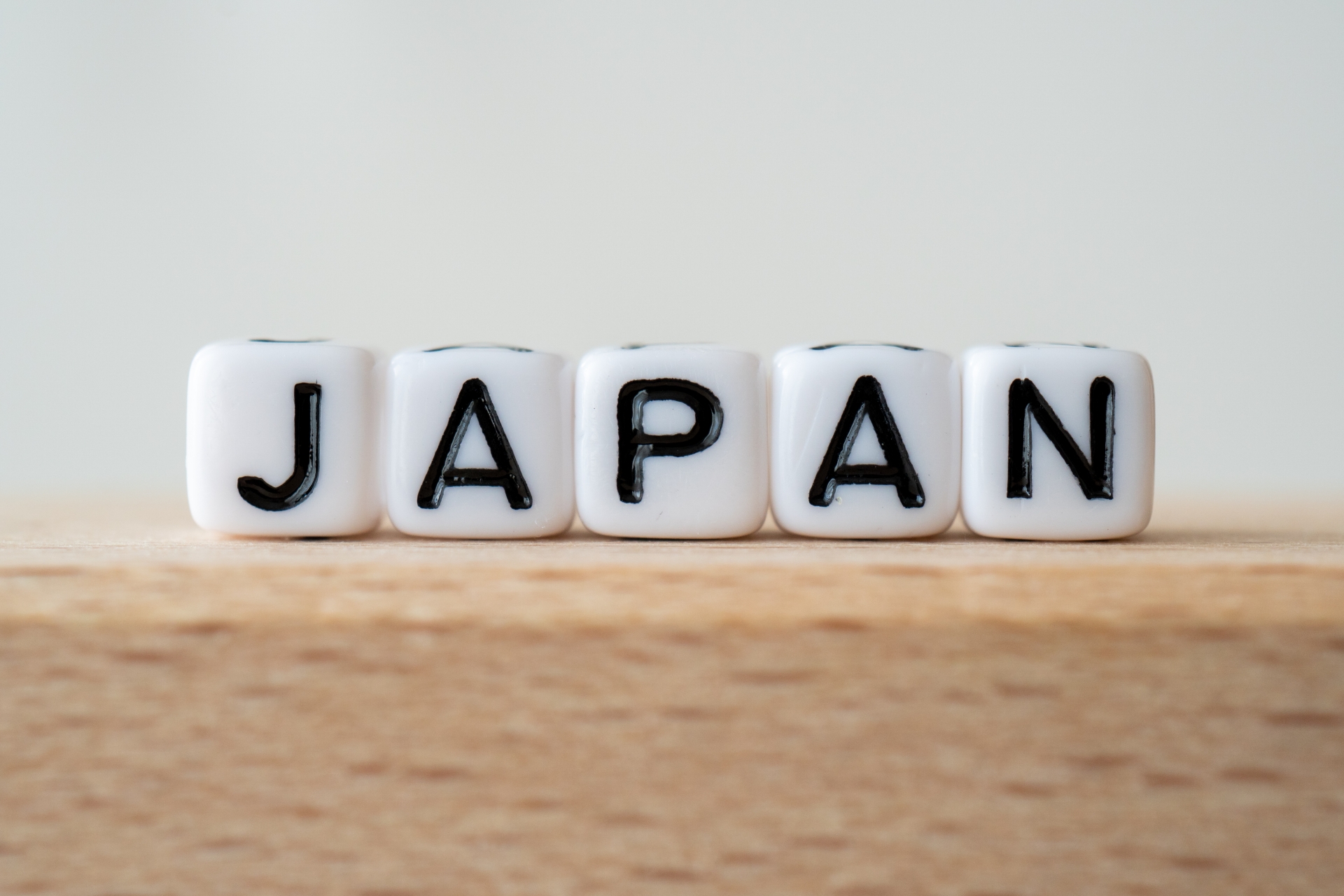
Originally, there was nothing that could be called a character in Japan.
Before continental culture was introduced to Japan (Yamato), the language spoken in the Japanese archipelago was called “Yamato-Kotoba” and is still spoken in the “Yamato-Kotoba” today.
Later, the Chinese characters were introduced.
When writing waka and other Japanese poems in kanji, each Japanese syllable was copied by borrowing the sound of the kanji.
A representative example of materials that used this notation method is the Manyo Shu (8th century), which is called “manyo-kana”.
In addition, the “Sogana” was born, which was a corruption of the “Manyo kana” form, and the “Hiragana” was born, which was a corruption of the “Sogana” form.
Later, “Katakana” was created by abbreviating and appending some of the letters of the “Manyo-kana”, which were used in the reading of Chinese texts.
Also, “romaji” was born, which uses the alphabet and transcribes “kana”.
Even today has taken over the “Yamato-Kotoba”, and its rules are succinctly stated as follows
- Murmurs stressed
“titi” (father) to “didi”(grandfather)
“Haha (mother)” to “Baba (old woman) - No “Ra” sound at the beginning of the word
Indicates a change, etc., coming at the end of a word
The “Ra” doesn’t come at the beginning of the word, so you have trouble with “shiritori”.
Also, by incorporating Chinese characters, the subtle differences in meaning can now be expressed in kanji.
Don’t you want to treasure the Japanese language that has been developed over a long period of time?


